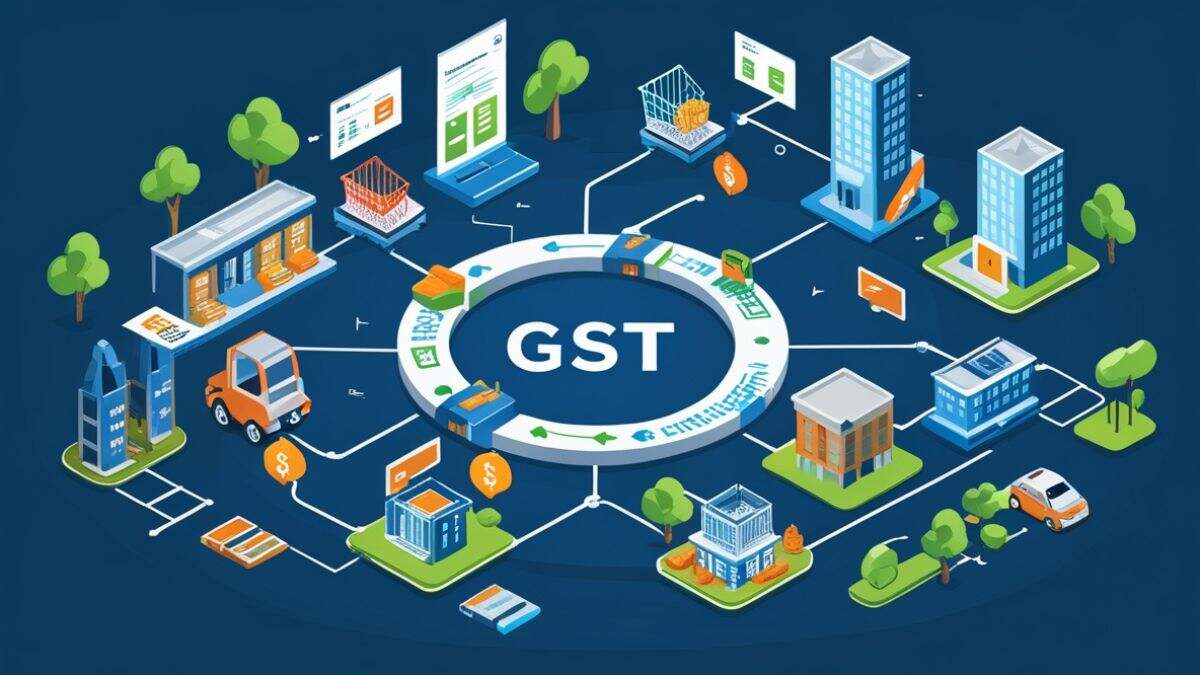Depending on cash flows and demand, several retailers claim they prefer a phased strategy, beginning with necessities like wheat, beans, and soap and extending cutbacks to the other items over weeks or months.
Inventory, Cash, and Competition
Many small kirana shops have failed to fully pass on the benefits of the latest GST rate change, which went into effect on September 22nd. Neighborhood grocers find themselves caught between the ideals of legislation and the reality of the market, with issues ranging from residual inventory and relabeling bottlenecks to increased pressure from quick-commerce platforms.
Asha Gupta, proprietor of Gupta’s Provision Store in Jayanagar, Bengaluru, said, “We still have two truckloads of rice, sugar, and atta packets stamped with the previous tax-inclusive MRPs.” “I will lose money if I cut pricing right now. Sometimes it takes a while for fast-moving commodities to leave the shelf, while other things may sell out quickly. Therefore, after Diwali, when the majority of this stock is probably going to be cleared, we want to pass along some benefits.
Cash Flow Limits Discounts
“I operate on a 15-day credit,” said Dinesh Gowda, another retailer from Bengaluru’s New Provision Mart. My cash flow will break if I instantly lower the prices of all of my shares. My inventory ledger is not visible to customers, but they do see the advertisements. The whole price reduction will not occur until December, but I will first lower the costs of the most necessary things.
Short loan cycles (often 7–15 days) and very tight margins are the norm for kiranas. Depending on cash flows and demand, many merchants say they prefer a phased approach, beginning with necessities like wheat, beans, and soap and extending cutbacks to the other items over weeks or months.
R. Velu of Velu Stores in T. Nagar, Chennai, said that while the freshly stamped merchandise has not yet come, the large corporations have given us information about the new pricing. “I paid at the previous rate, but the client anticipates a 13 percent cut on the shampoo bottle from 18 percent to 5 percent GST. Who will pay me if I sell my stock at a reduced price while it typically stays for 30 to 60 days? Distributors could give us credit for the loss, but not money.
Quick-Commerce Pressures Margins
Similarly, Naseer Ahmed of Good Grocery Corner in Kukatpally, Hyderabad, stated: “I am afraid that if I cut margins now, I would run out of money before the next delivery.” After the harvest season, when sales start to decline, I will progressively transfer savings.
“Business goes slowly in late October and November,” he said. In December, when cash is more stable and demand is more apparent, I will most likely announce price reductions.
Additionally, Kirana owners concur that quick-commerce platforms like Blinkit, Zepto, Instamart, and others that provide high short-term discounts and 10- to 30-minute delivery have reduced foot traffic and revenues for many small retailers, posing a deeper structural challenge beyond inventory logistics.
Kiranas Face Tough Choices
“I lost dozens of regular clients to the apps in the past couple of months because they give 20-30% discount and delivery in 10-15 minutes,” Gupta added. I have to safeguard my profit margins since I can not equal that.
“Kirana operators” are in a dilemma,” said a senior executive from an industry group who asked to remain anonymous. They run the danger of destabilizing their cash flows if they cut prices right away; if they wait, customers and authorities may object. Many want to keep prices where they are for the next two to three months before passing on relief when seasonal spending slows down.
Because of their slower turnover and greater logistical costs, retailers in rural or peri-urban locations may lag further, according to the industry association source.

